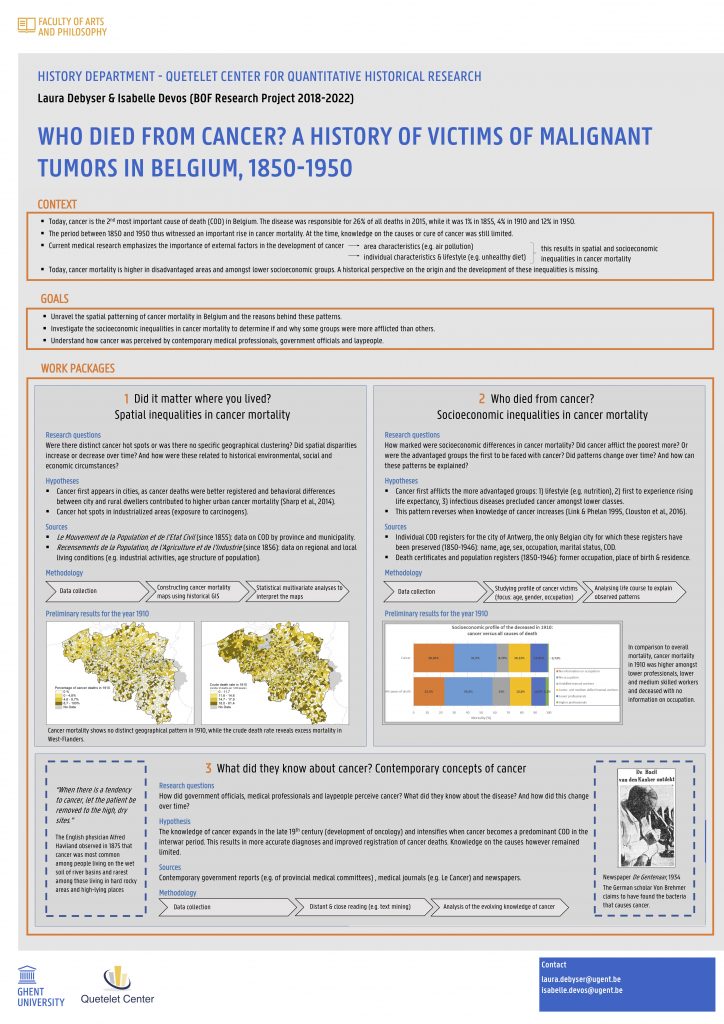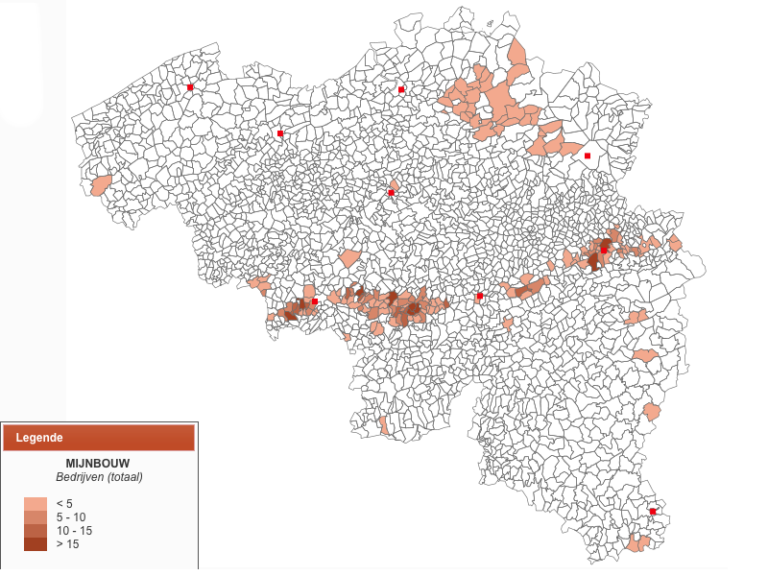DETAILS
Gebruikte databank:
Datum:
Categorie:
Van hoeve tot vork
De voedselbevoorrading stond in de afgelopen eeuwen voor diverse uitdagingen geplaatst. Bevolkingsgroei, verstedelijking en industrialisering zetten de voedselvoorziening onder druk. Om de problemen het hoofd te bieden, waren schaalvergroting, innovatie en technologische verbeteringen noodzakelijk. Het laatste nummer van de publicatiereeks CORN is gewijd aan de regulering van voedselproductie en -distributie in de vroegmoderne en hedendaagse perioden. Het verscheen onder de redactie van Wouter Ronsijn (Universiteit Gent en Bocconi Universiteit Milaan), Niccolò Mignemi en Laurent Hermes (Ecole des Hautes Etudes en Sciences Sociales te Parijs). Het deel bevat bijdragen van verschillende auteurs over Mexico en zes Europese landen. Pieter De Graef (Universiteit Antwerpen) leverde een bijdrage over de stadslandbouw in België tijdens de negentiende eeuw. Hij toont aan hoezeer commerciële landbouwbedrijven uit de steden werden verdreven en plaats maakten voor kleinschalige tuinbouw door stadsbewoners. Zijn bevindingen zijn gebaseerd op landbouwstatistieken en kadastrale reeksen afkomstig uit de databanken LOKSTAT en POPPKAD.
Abstract:
This book presents ten case-studies by eminent scholars dealing with food supply, storage and markets from c. 1600 to c. 2000. Together they present a long-term history of the tools to regulate the rhythms and seasonal patterns of the food production and distribution process. How were the vast flows of staple food needed for metropolitan areas organised? What practical difficulties had to be overcome to preserve this food safely? Did people respond to price patterns in search for profit? Were governments successful in imposing regulation? In dealing with these issues, the contributing authors adopt different approaches and investigate cases from England, Belgium, Germany, Austria, Italy, France and Mexico. The focus on the stocks and flows of grains and other foodstuffs raises new questions combining economic, social, political, and environmental issues in the study of agricultural markets and food policies.

